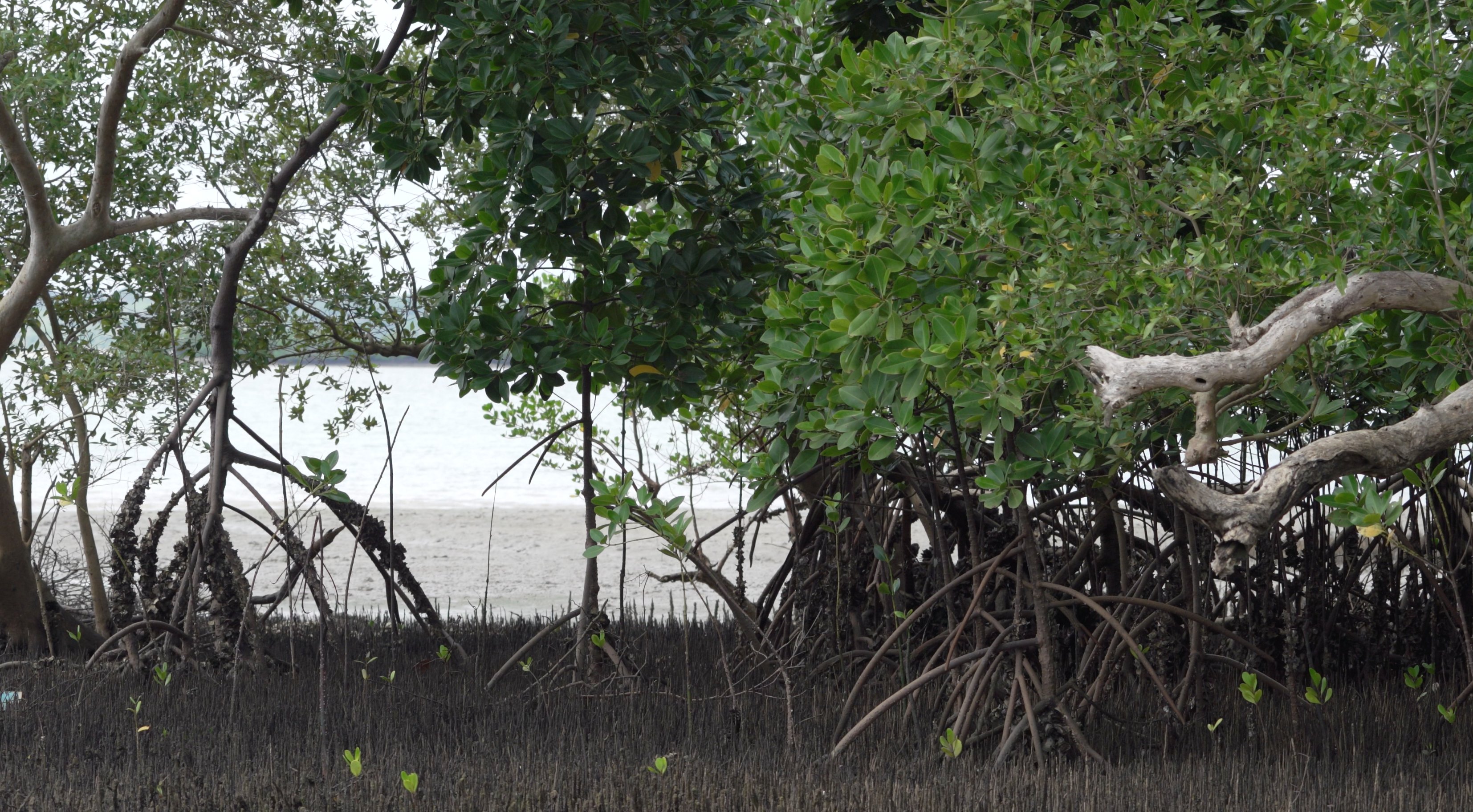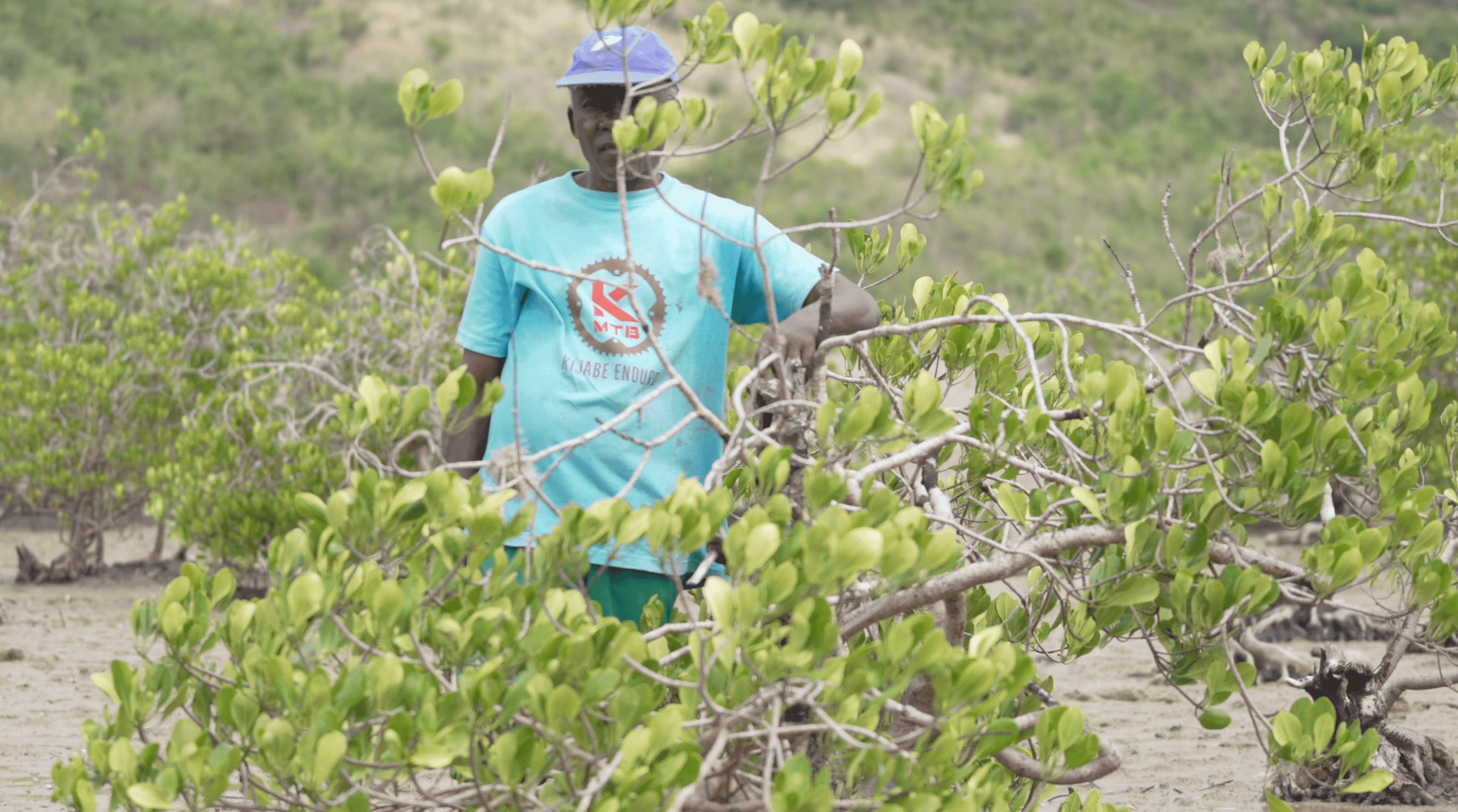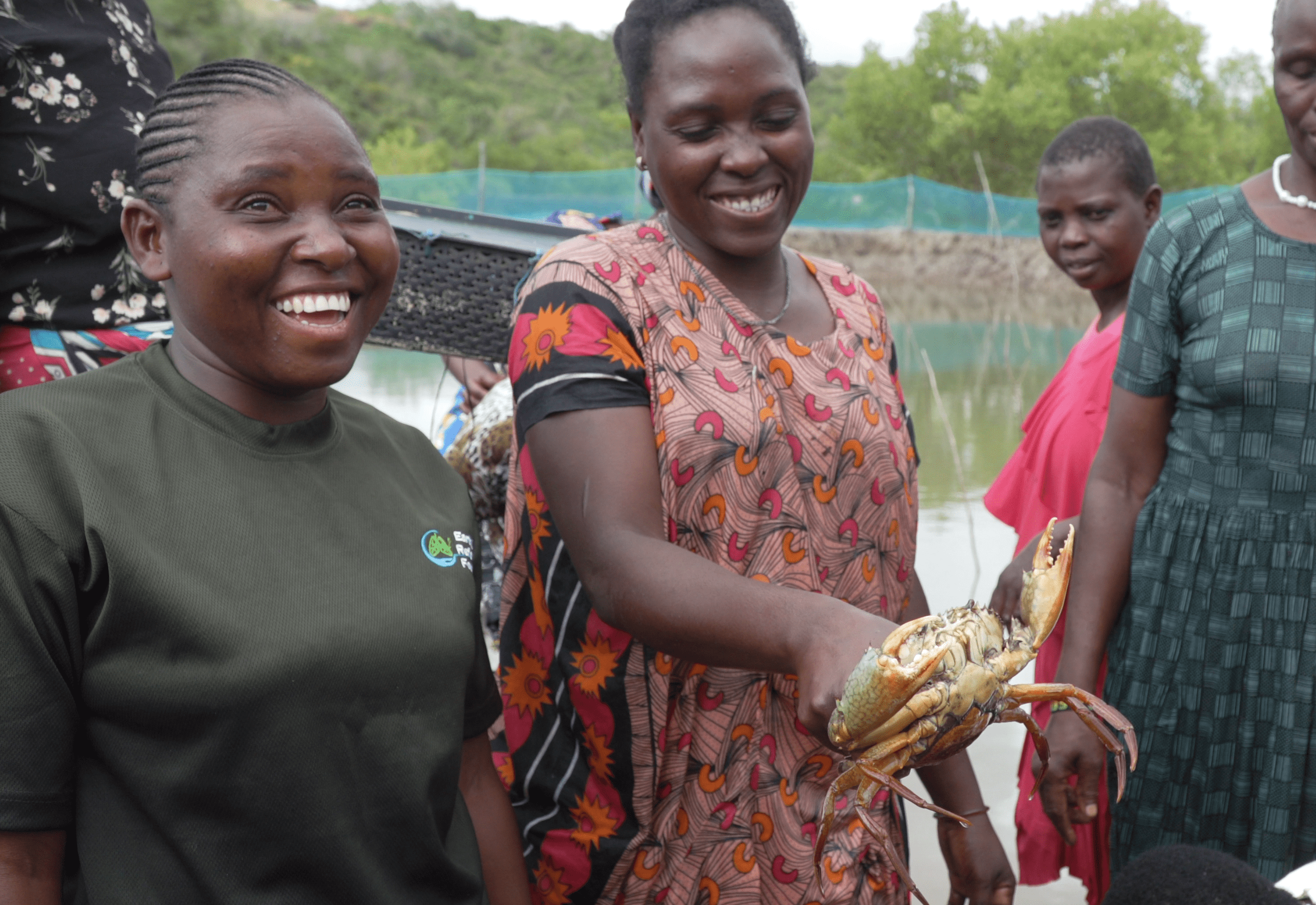
Local community groups in Kenya make efforts to conserve mangrove trees
World Mangrove Day 2024 is marked every year on July 26 to shine a spotlight on the role these trees play in conserving the environment and combating climate change.
According to the UN, mangroves play a crucial role in preventing coastal lands from eroding into the ocean.
Aside from protecting the soil from erosion, their soils sequester large amounts of carbon, which is beneficial in the fight against climate change.
Local communities directly benefit from mangrove forest cover as it cushions them from harsh weather events such as storms, tornadoes, tsunamis, and the like.
Despite this, the UN says mangrove forests are depleted five times faster than other forests globally.
Kilifi Creek

Kilifi Creek is a picturesque tidal creek whose coastline is carpeted with lush green mangrove trees that attract tourists all year round.
Despite its beauty, some members of the local communities cut down the trees for charcoal burning. One mature tree can produce 20 bags of charcoal.
The hardwood from these trees is highly sought after, being a popular and long-lasting material used in Swahili infrastructure.
Conservation efforts

In Kenya’s Kilifi County, a local self-help group is returning the favor by protecting the forest from charcoal burners and those who would sell hardwood obtained from the trees.
Efforts made by Kidundu Mtongani include mangrove reforestation projects, environmental education programs, and community-based tourism that encourages eco-friendly practices.
Kidundu Mtongani Group

CGTN Africa’s digital team caught up with the group’s members to find out more about their efforts to protect the mangroves.
At around 11 am, we find the group, comprised of 29 women and 11 men, at a makeshift structure set up about 50 meters from the beach.
The chairman, Steve Chivatsi, introduces the members before we are ushered onto a boardwalk that meanders through the mangrove forest.
As Chivatsi shows us the areas badly hit by charcoal burners, he explains the severe environmental cost of cutting down trees.
“To grow a tree to the maturity that these charcoal burners need, it takes at least 15 years. Yet they cut the tree down in one day and burn it to produce a few bags of charcoal,” Chivatsi said.
He says the group has strived to teach local communities that the trees are of much more value rooted where they are as opposed to being cut down.
This, he says, is why the group is engaged in activities such as beekeeping, fish farming, and crab rearing as demonstrations of alternative ways to make a living.
“The biodiversity depends on the mangrove trees. In places that are bare, just like the degraded areas we have visited, you will not find big crabs. However, when the trees are planted and growing well, you will find creatures there, and fish even lay their eggs amongst the barnacles,” says Chivatsi.
He further explains that the trees expel oxygen and absorb carbon dioxide at a rate that is twenty times more than other trees, making them far more valuable.
His sentiments are echoed by local climate activist Kerry Banda, who informs us that ongoing beekeeping is a source of medicinal honey that is sold at a higher price than normal honey.
“The local community can benefit from selling mangrove honey. Also, we can count on them to protect the mangrove forest since the charcoal burners are usually afraid they’d get bitten by the bees here.”

The local women are more active in the group’s activities, wading through muddy pond waters to catch fish, feed them, and even setting up new ponds in the forest clearing.
“We used to cut trees and make charcoal, but we noticed that we were destroying our own environment. This is why we decided to form our self-help group so that people can find an alternative source of fish, prawns, and even shrimp,” says Kadzo Chai.
She says the number of people still cutting trees has gone down, and those who continue to do so with a lot of fear are now the protectors of the forest.






